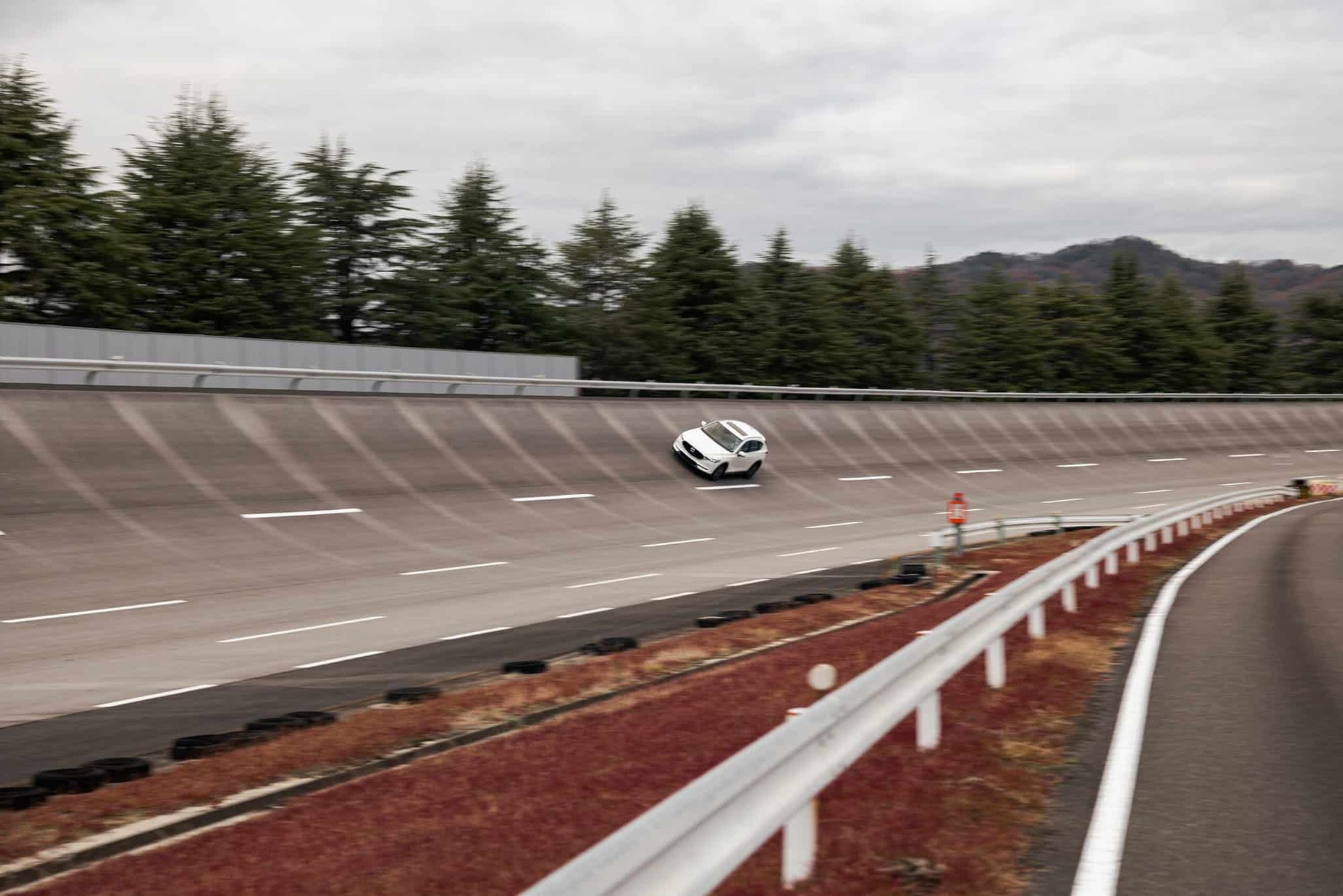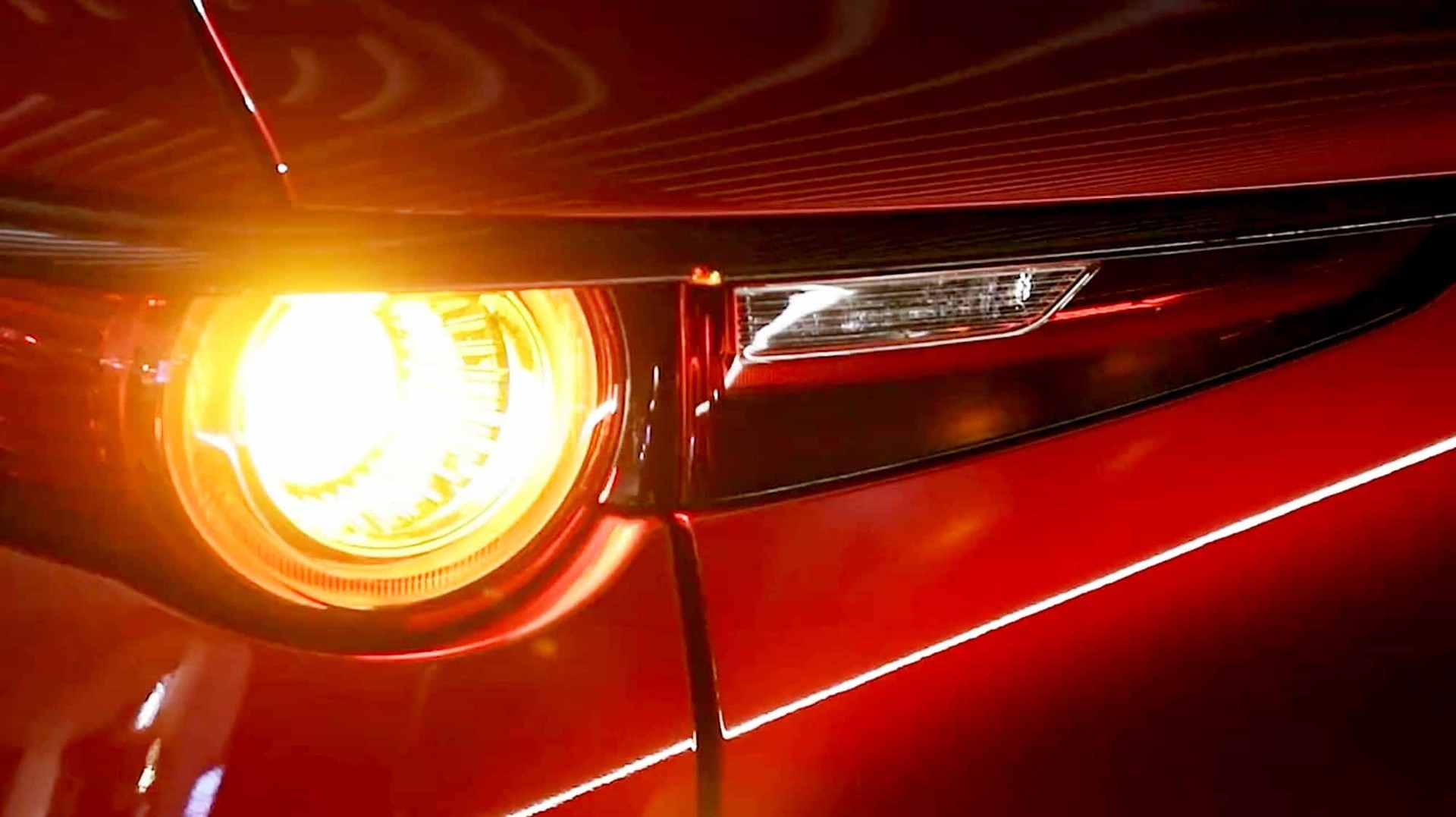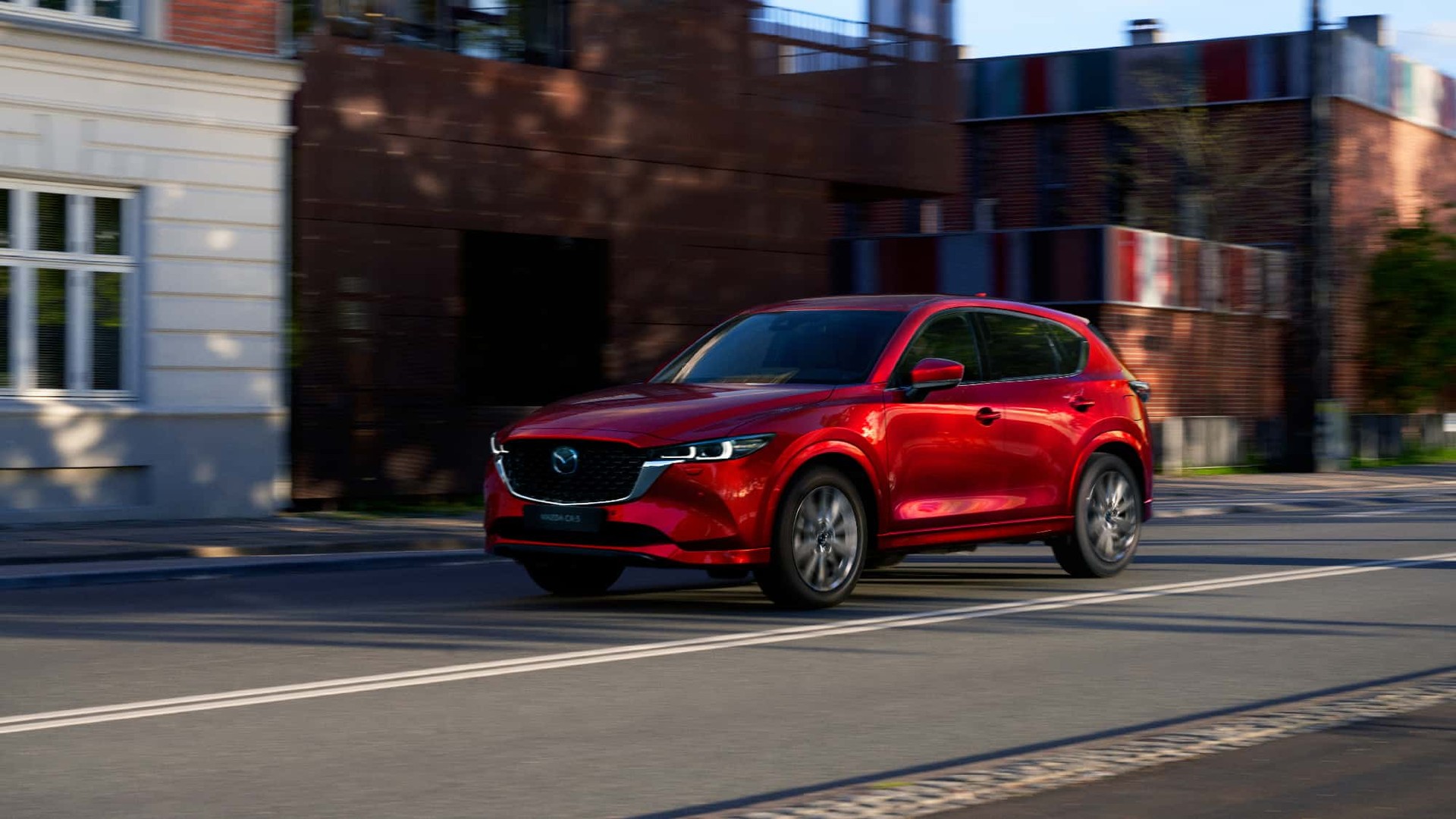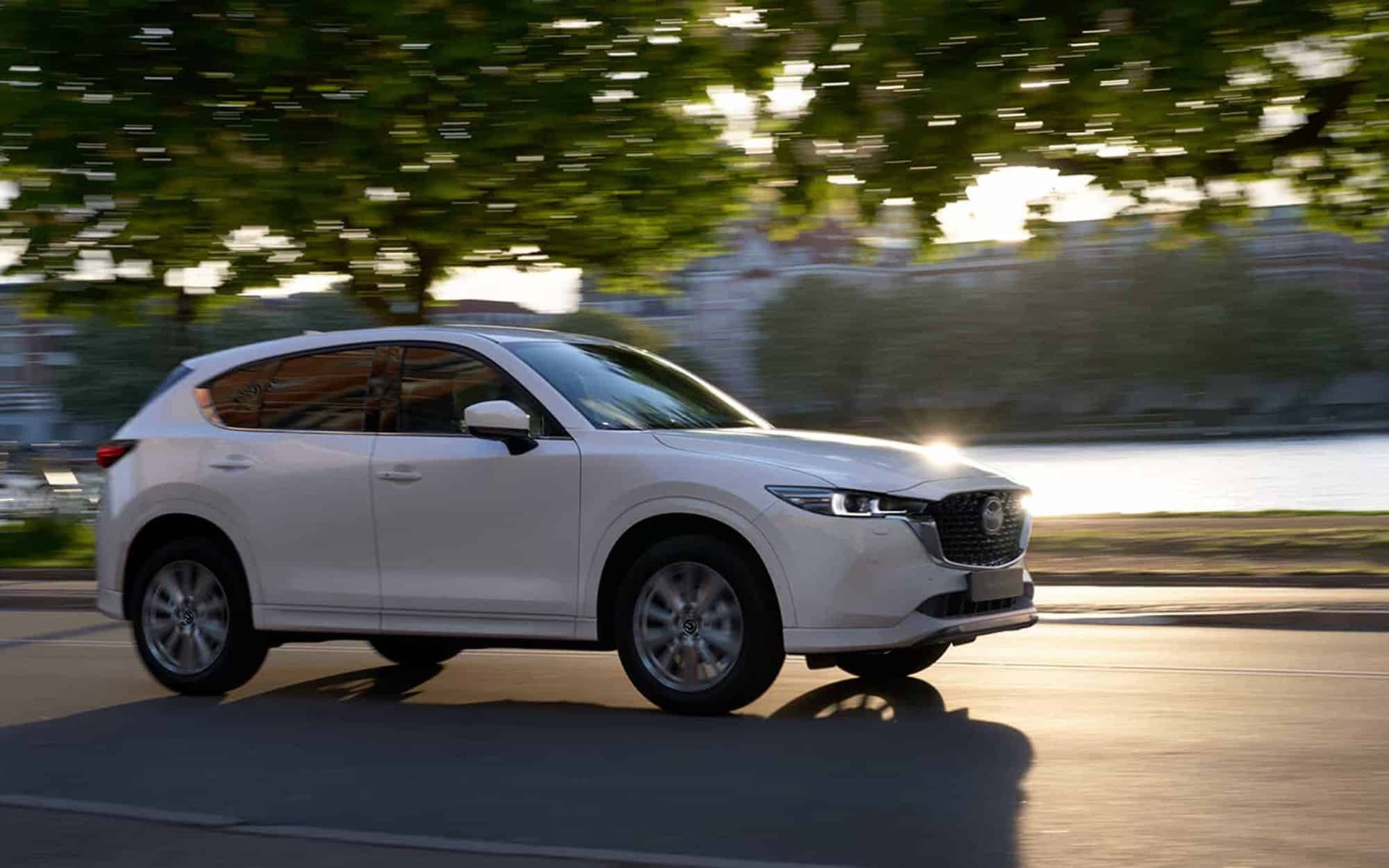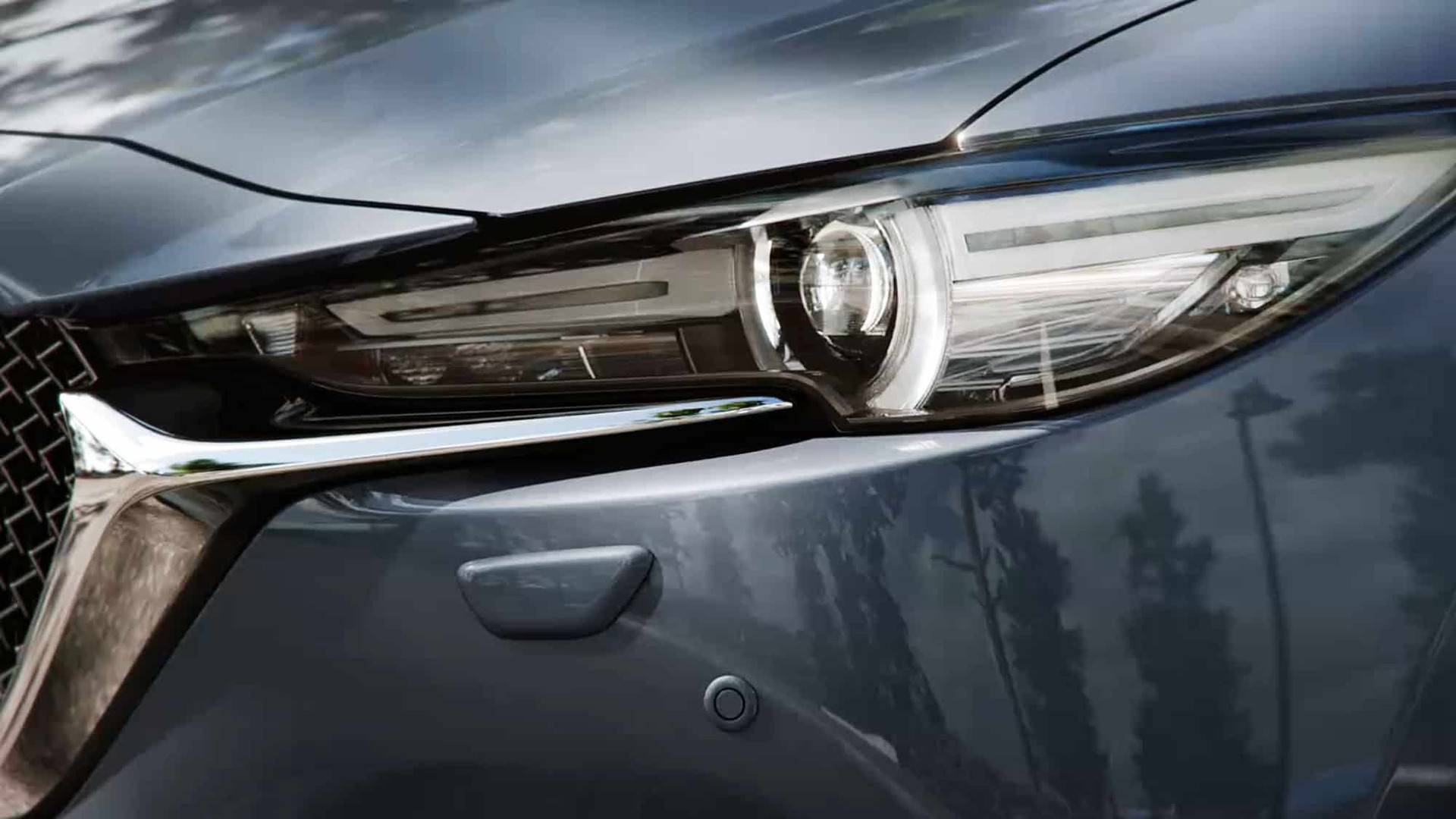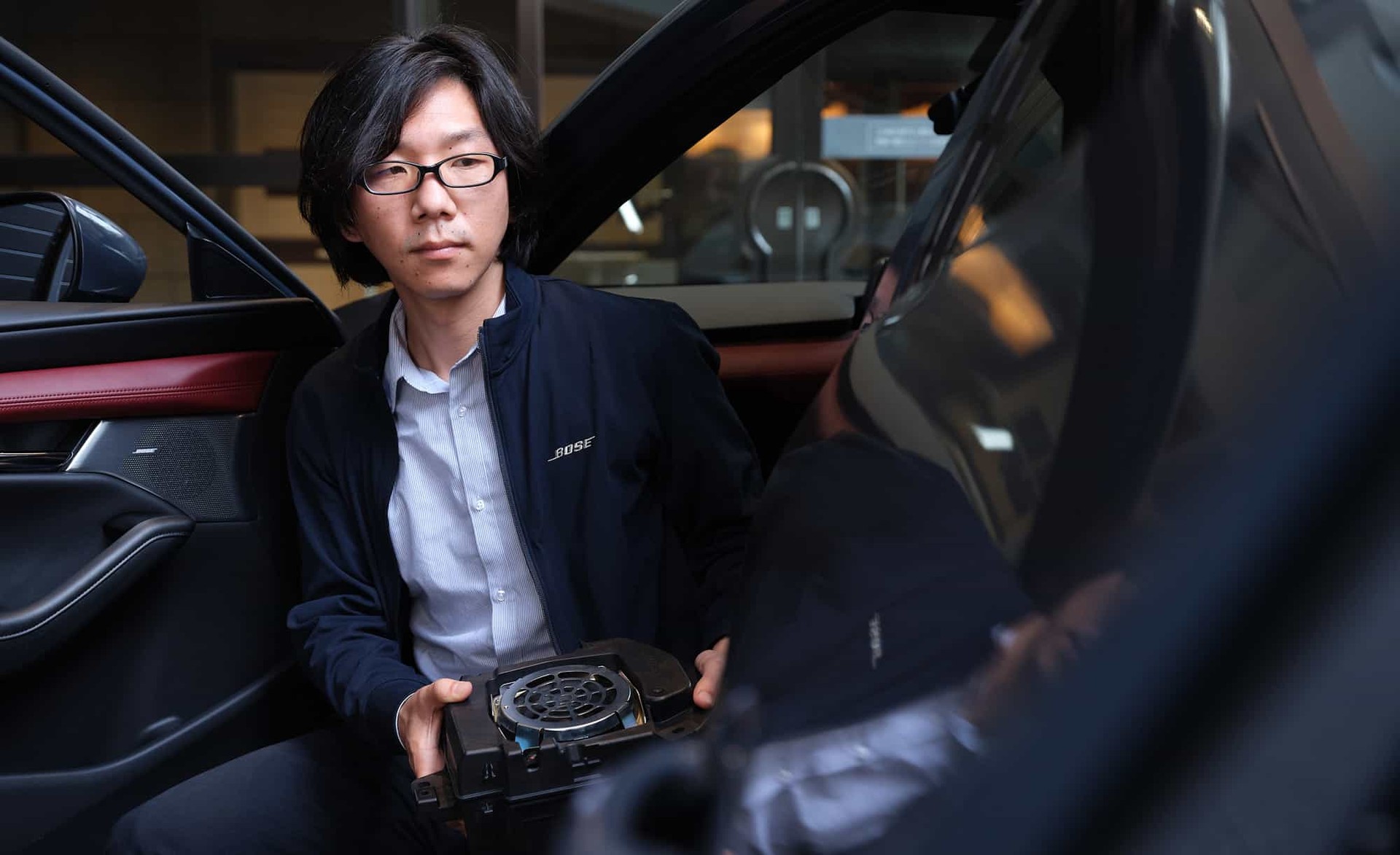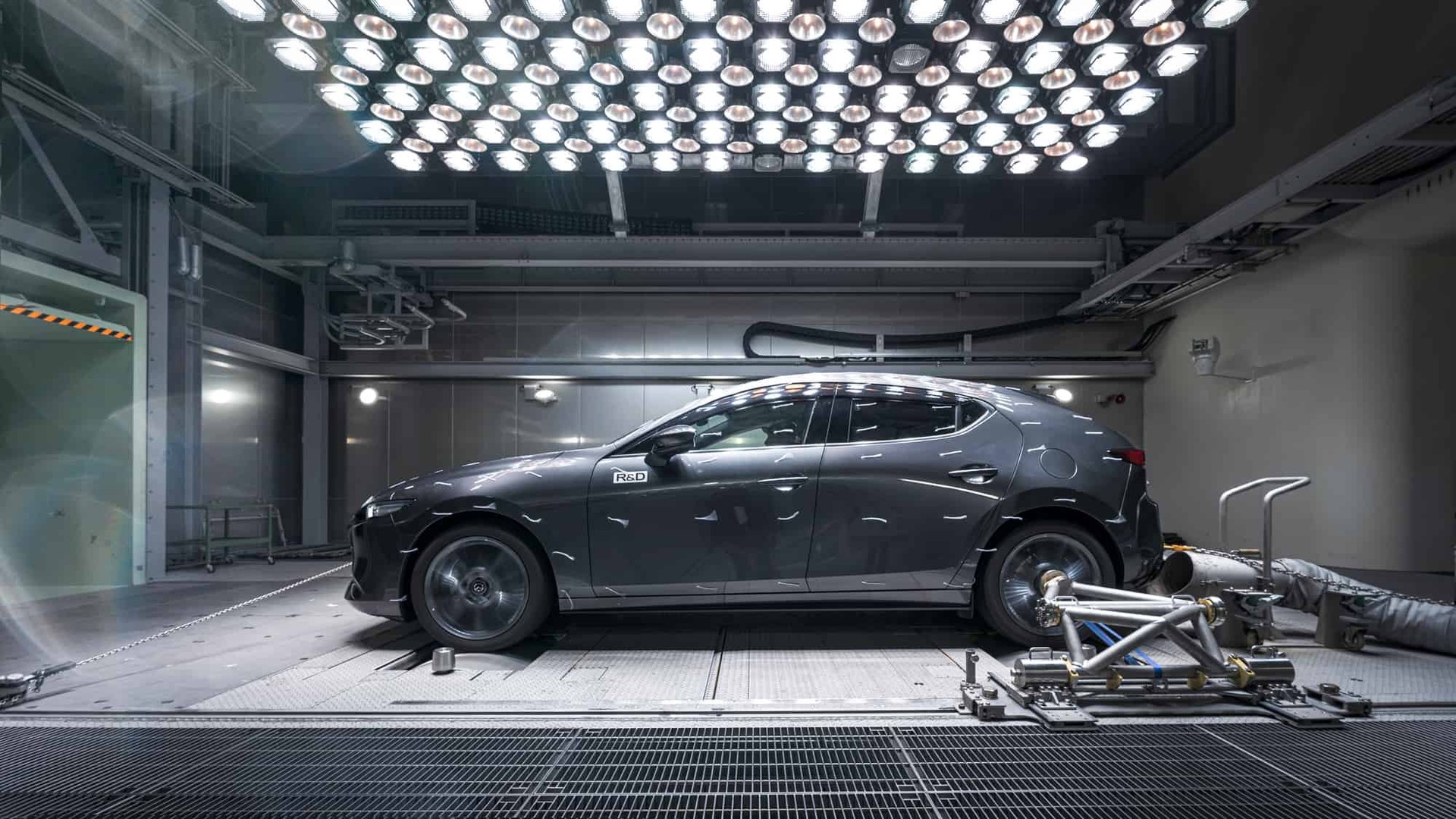
Innovate
Mazda: designed to go the distance
Sustainability is a key component of a car’s environmental credentials and, at the company’s state-of-the-art testing facilities, Mazda pushes its vehicles to the limit, so that improved longevity is built in as standard.
When Mazda says its cars are built to last, it means it. Every model is put through merciless testing processes designed to improve durability. It’s all part of Mazda’s invigorated vision for sustainable car making—and things just got more serious thanks to the new climate test lab built last year at Mazda’s Hiroshima headquarters.
This state-of-the-art test chamber puts Mazda at the cutting edge of the latest technology, submitting its cars to the most extreme weather conditions so that your average heat wave or snowstorm is a walk in the park.
“We simulate the heat wave that hits North America every few decades,” says engineer Naoya Uehara, who measures the effect of severe temperatures on the car’s interior and exterior, “and the kind of deep freeze that comes once every few decades in Canada, western Russia or northern Europe.”
To assess the impact on the car’s thermal fluids when it’s in motion, engineer Syouta Yamada puts it through a range of punishing tests. The exact conditions of these tests are a closely guarded secret, but the laboratory can reproduce outdoor temperatures ranging from scorching to subzero, humidity levels of between 30 and 80 percent, winds of up to 155 mph and equatorial sunlight.
“We simulate the heat wave that hits North America every few decades, and the kind of deep freeze that comes once every few decades in Canada, western Russia or northern Europe.”
Naoya Uehara, Vehicle Structure Testing and Research Group
After the ordeal, the engineers pore over the data and make improvements that resonate through to future models. Uehara recalls a heat test of the sixth-generation Mazda CX‑5 when the team noticed that certain parts had shrunk. “We discovered that the resin had crystallized, increasing its density,” he says. “We worked this model into our simulations, and now we prevent it before it happens.”
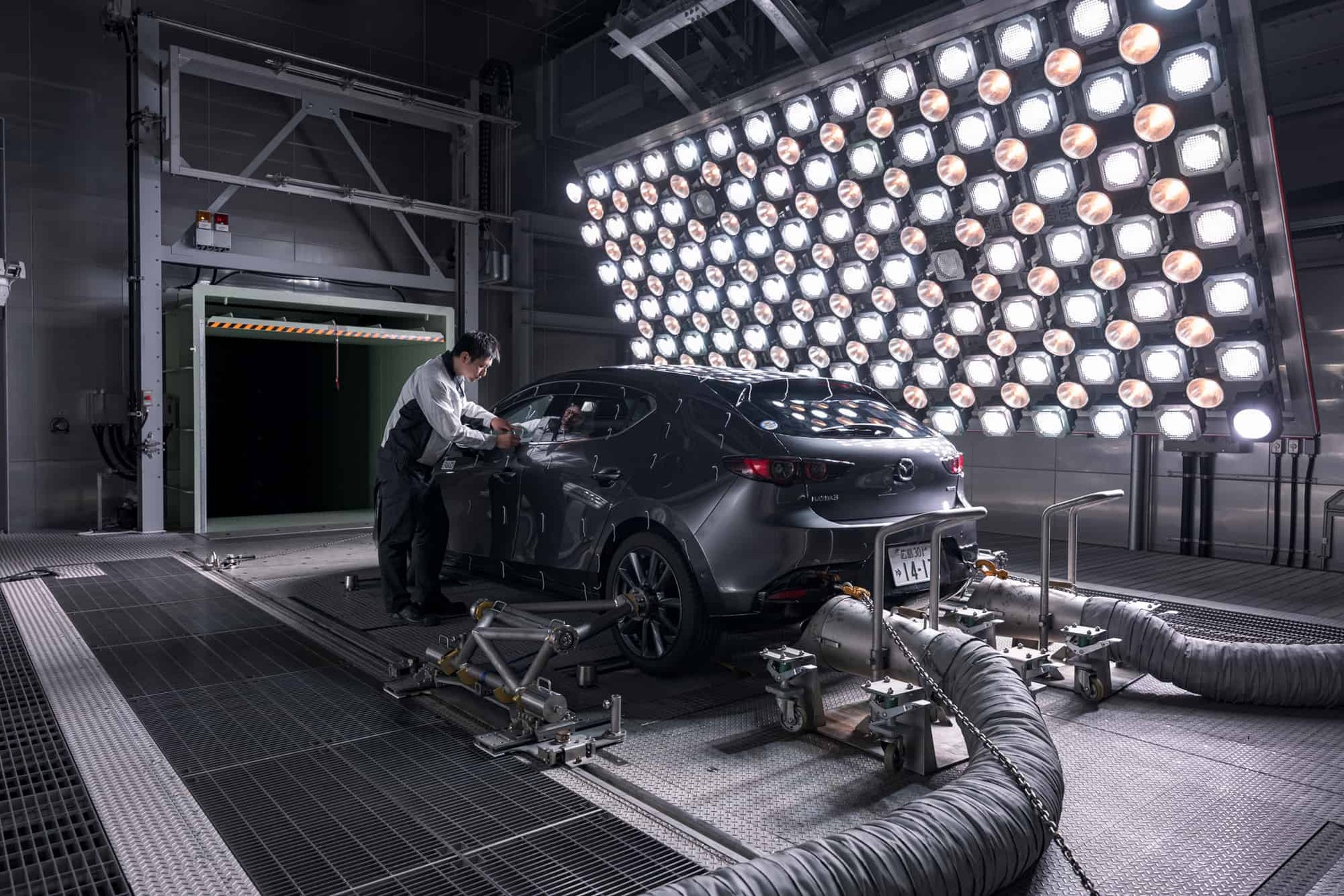
Mazda uses its wind tunnel to run a range of climatic and aerodynamic tests. The chamber is capable of producing wind speeds of up to 155 mph.

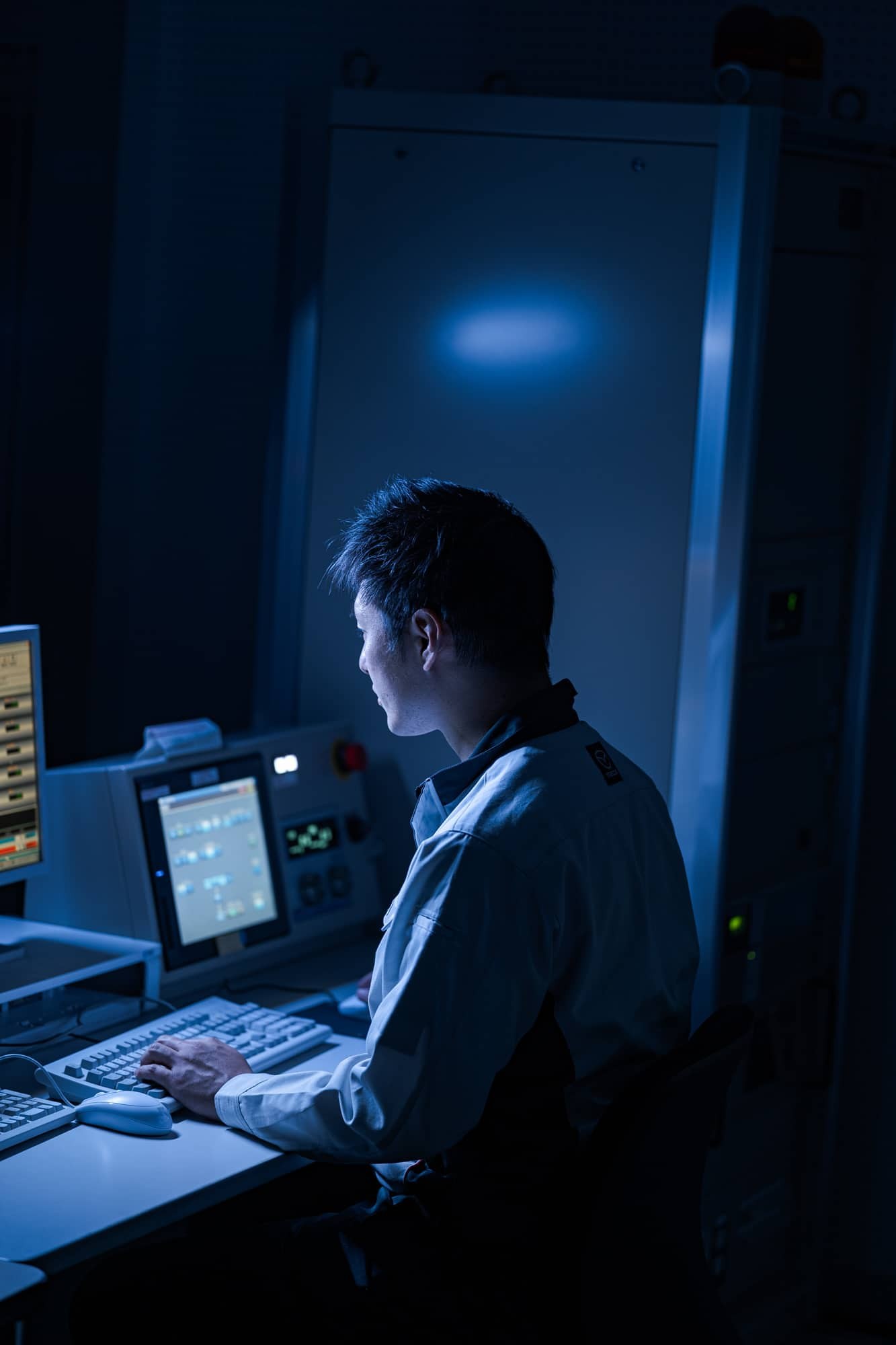
Syouta Yamada sets up a test in the wind chamber. After subjecting a vehicle to each punishing test, every car part—there are around 400—is meticulously checked for defects.
The test engineers’ ingenuity is certainly setting automotive industry standards as Mazda’s renewed commitment to the environment demands fresh solutions.
In order to reduce aerodynamic drag, the car is covered underneath. However, this catches and transfers heat towards other components, which needs to be avoided. Yamada’s team managed to redirect the heat flow away from the car without worsening aerodynamic resistance—which they checked in the state-of-the-art wind tunnel—resulting in a piece of engineering innovation that has since been patented.
“A robot whips test vehicles around the various test tracks, pothole courses and flooded dirt tracks through the night as part of an exciting trial to make the testing process more efficient.”
In the vehicle corrosion test lab, world-class splash simulation technology means engineers can think laterally across models, streamlining the testing process in time for ambitious new lineups.
“When we put the same engine in the Mazda3 and CX‑30, the Mazda3 engine got a lot more water on it because the vehicle height is lower,” says Rust Prevention Performance Engineer Satoshi Maruyama. “We adapted our strategies to the Mazda3, and refined them even further for the CX‑30.”
At the nearby Miyoshi proving ground, cars are driven on 13 punishing courses. Here, engineers check for defects and unwanted noise using their unique expertize.
“Every one of us can assess driving performance, measure and analyze data, identify problems, provide feedback to the relevant department and make suggestions,” says Vehicle Durability Test Engineer Sachio Yamakawa (pictured above at the Miyoshi proving ground on a CX‑5 long-run test). “I‘ve heard that at other manufacturers these skills are often spread within the team, but being multiskilled is crucial to making durable cars because you can spot problems and act immediately.”
When the car isn’t being scrutinized by the engineers during the day, a robot whips it around the various test tracks, pothole courses and flooded dirt tracks through the night as part of an exciting trial to make the testing process more efficient. Despite this, Yamakawa is insistent that “any changes in the car the customer will physically feel must be assessed by humans, not robots.” In line with Mazda’s core philosophy, it is human feeling and sensation that sign off the way a Mazda performs.
At the heart of all these ruthless testing processes is the quest for sustainable car making. As Yamakawa puts it, durable cars minimize the need for replacement parts, reducing the impact on the environment. Not to mention, of course, you get to drive your beloved Mazda for a lifetime.
Words Mariko Kato / Images Irwin Wong
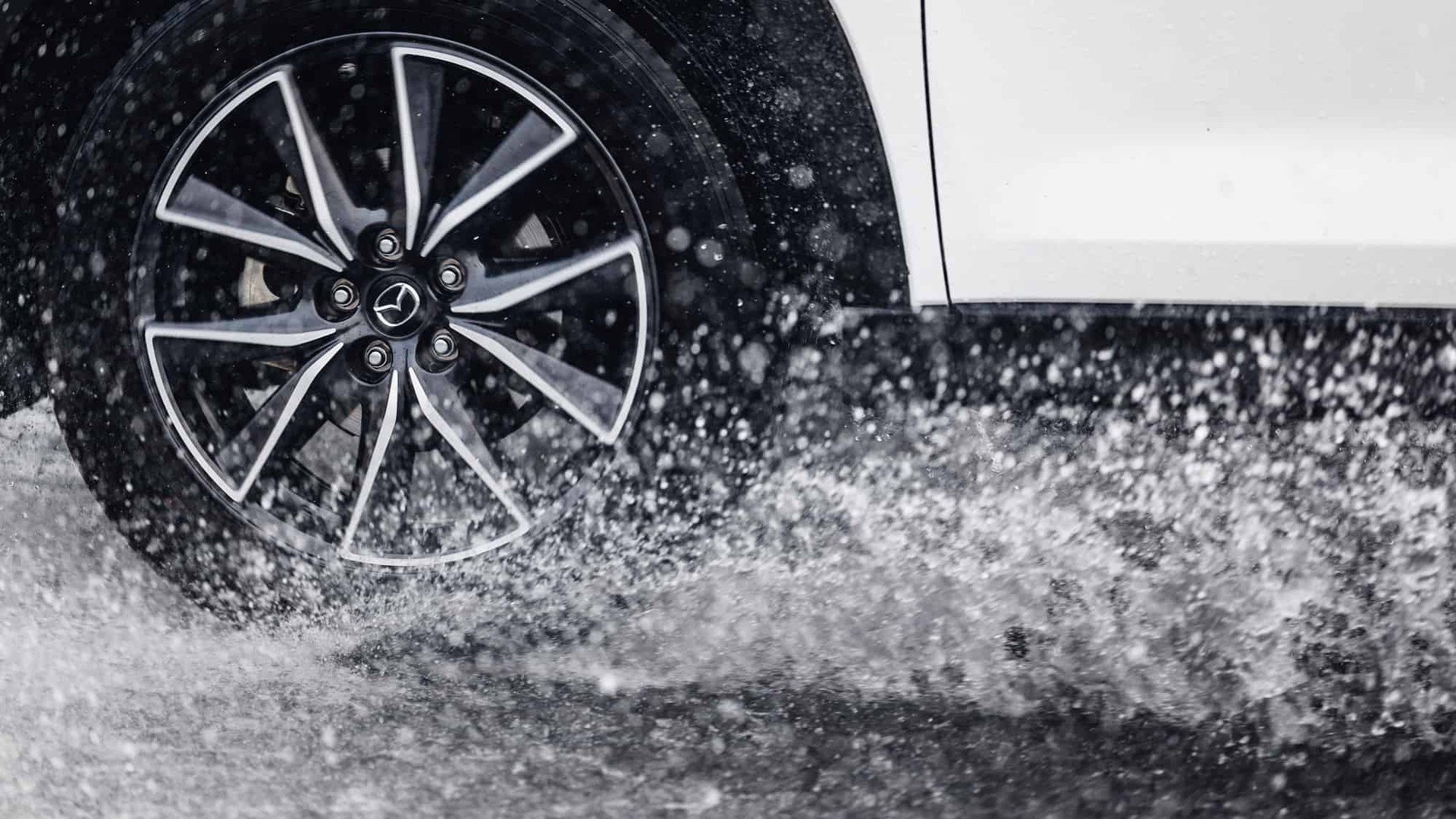
find out more
Build your next Mazda
Design the best car you‘ve ever owned




